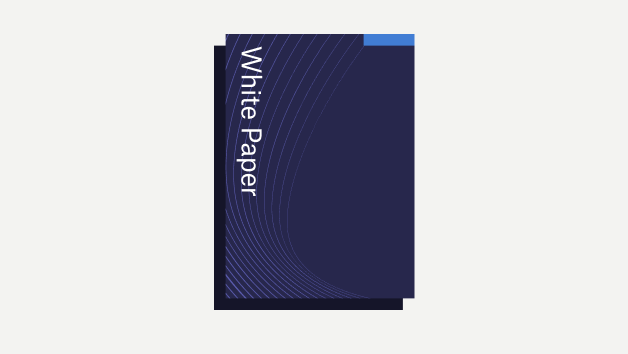When rough sea conditions make transit by catamaran quite irksome, the new Cat-SWATH by Danish Yachts can offer reduced movement over high waves, appeasing motion sickness and providing a more comfortable crossing.
Danish Yachts is a carbon composite specialist that has been operating in the offshore wind sector for many years, delivering dual operational Cat-SWATH crew transfer vessels that are currently being operated by the likes of A2SEA and E.ON. The firm has been developing the next generation of service vessel with the objective of creating a more "stable life at sea" for its passengers and crew.
It has recently introduced the all-new, all-carbon-fibre 27m Cat-SWATH to its range, which will offer a more secure, safe and stable platform out at sea, while not only drastically reducing motion sickness on board but also demonstrating high availability to its operators, with safe full operation possible in waters of up to 2.5m significant wave height.
Dual-mode advantage
The Danish Yachts Cat-SWATH is no typical catamaran or SWATH vessel – it’s a dual operational vessel that can operate in catamaran mode (CAT mode) and SWATH mode, engendering many benefits when confronted with challenging high seas.
During transit from port to the destined location, the Cat-SWATH operates in regular CAT mode, allowing fuel efficiency and speeds of up to 25kt.
On arrival at the destination or during high seas, the vessel can be switched from CAT to SWATH mode instantaneously using the ballast system, which compromises two ballast tanks positioned fore and aft in each hull, controlled by vacuum and pressurised air. This enacts a semisubmersible effect for floating platform-type stability in rough conditions, thus reducing the vessel’s vertical and pitching movements, and creating a calmer environment for passengers and crew. Moreover, when the vessel connects to the boat landing, it provides a safe platform from which the serviceman and technicians board and disembark.
Minimise the motion
With a new wave-piercing hull design that minimises vertical accelerations (70% reduction in SWATH mode), the 27m Cat-SWATH from Danish Yachts will be the most stable vessel ever delivered. It will have three struts – compared with the traditional two-strut form from previous builds – for optimum stability and weight distribution. Active ride control foils will further improve the performance of operation in CAT mode by reducing pitching and rolling motion by up to 40%.
Numerous functionality features have been added to enhance the operational efficiency of this new vessel. For example, the new design allows the engine and gearbox to be removed through the central strut while in water, and a unique in-line transfer system has been developed for maximum workflow efficiency.
Supplementary storage areas have been added inside the vessel for wetsuits, equipment and personal items, and the crew and passenger lounges have been separated.
A redesign of the superstructure allows 240m2 of deck space fore and aft for cargo, and includes fittings for 10ft containers, which can also be constructed in lightweight carbon fibre at Danish Yachts for extra weight savings. Shielded sundecks and seating areas have been added on the main deck behind the wheelhouse.
The design and testing phases have surpassed expectations at Danish Yachts. While the previous five vessels built had proven that operation in SWATH mode significantly reduced motion sickness, as confirmed by feedback from crew and operators at A2SEA and E.ON, the new 27m Cat-SWATH will reduce this again by more than 90%. The inclusion of a forward-located passenger lounge with side and forward unobtrusive views will also contribute to the enhanced ride experience.
All in all, the new 27m Cat-SWATH from Danish Yachts will undoubtedly offer a more secure, pleasant and comfortable experience for the servicemen and technicians during crew transfers. After all, the Danish Yachts standard is more than a work method; it’s a philosophy based on creating a more stable life at sea for everyone.

